Did I-94 End Milwaukee’s Population Growth?
City's population has declined since 1960s while Waukesha County kept growing.
Did Intersate 94 prevent Milwaukee from becoming a great city (at least as measured in population)? In 1960, the City of Milwaukee was the 11th largest city in the United States according to federal census data (all of the following data is from federal census data). By 2020, Milwaukee had fallen to the 31st largest city in the United States. The 1960s saw the advent of construction of the freeway system in Milwaukee with I-94 being completed in its current alignment in 1968.
To better understand why the City of Milwaukee fell from the 11th largest city to the 31st largest city it is necessary to examine Milwaukee’s population in more detail. Milwaukee increased in population every ten years from its founding in 1846 until 1960 when it reached its all-time high in population with 741,000 people. After 1960 and I-94 opening up in 1968, Milwaukee lost population every ten years until by 2020 Milwaukee’s population had fallen to 577,000, a decrease of 164,000 or 22% from its all-time high of 1960. Meanwhile, Waukesha County increased by 248,000 in population from 1960 to 2020.
The decision will be made by the Wisconsin Department of Transportation in the next year or so whether to add a fourth lane to I-94 in each direction. There are numerous reasons to oppose adding a lane to I-94 other than population loss. Adding a fourth lane to I-94 would increase air pollution. Adding a lane to I-94 is a racial equity issue in that it favors suburban commuters over people of color, many of whom don’t own cars. Adding a lane to I-94 does nothing to expand transit. The additional money that would have to be spent to add a lane to I-94 could be better spent repairing local streets.
Daniel Patrick Moynihan predicted in 1970 that “This (the building of the Interstate System) was a program which the twenty-first century will almost certainly judge to have had more influence on the shape and development of American cities, the distribution of population within metropolitan areas and across the nation as a whole, the location of industry and various kinds of employment opportunities … It has been, it is, the largest public works program in history. Activities such as urban renewal, public housing, community development, and the like are reduced to mere digressions when compared to the extraordinary impact of the highway program.”
The question was asked if I-94 prevented Milwaukee from becoming a great city. This question has to be answered with a yes. Adding a fourth lane to I-94 would only make worse the population loss experienced by the City of Milwaukee over the last 60 years and should be opposed, especially by residents of Milwaukee, for that reason alone.
David Jasenski is a former Milwaukee County Supervisor and member of the MICAH Transportation Committee.
If you think stories like this are important, become a member of Urban Milwaukee and help support real, independent journalism. Plus you get some cool added benefits.
More about the I-94 East-West Expansion
- Transportation: 27th Street Bridge Will Close For A Year - Graham Kilmer - Nov 29th, 2025
- Coalition Raises Concerns on I-94 Construction - Sierra Club - Nov 12th, 2025
- Construction Starting On $1.7 Billion Interstate 94 Widening - Jeramey Jannene - Oct 15th, 2025
- Governor Evers approves first segment of I-94 East-West construction to begin in Milwaukee County - Wisconsin Department of Transportation - Oct 15th, 2025
- Transportation: Fix At Six Coalition Sues State, Federal Government Over I-94 Expansion - Graham Kilmer - Aug 20th, 2024
- WisDOT to host I-94 East-West Freeway Project public meetings - Wisconsin Department of Transportation - Jun 12th, 2024
- Open Houses Announced For I-94 Widening - Jeramey Jannene - Jun 6th, 2024
- ‘Fix at Six’ Group Wants I-94 Expansion Delayed For Civil Rights Report - Jeramey Jannene - Mar 20th, 2024
- Coalition Admonishes I-94 expansion Record of Decision - Sierra Club - Mar 20th, 2024
- Feds Approve Interstate 94 Expansion - Jeramey Jannene - Mar 8th, 2024
Read more about I-94 East-West Expansion here
Op-Ed
-
Unlocking Milwaukee’s Potential Through Smart Zoning Reform
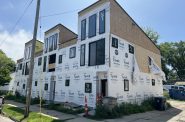 Jul 5th, 2024 by Ariam Kesete
Jul 5th, 2024 by Ariam Kesete
-
We Energies’ Natural Gas Plans Are A Mistake
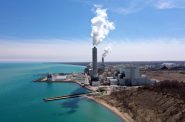 Jun 28th, 2024 by John Imes
Jun 28th, 2024 by John Imes
-
Milwaukee Needs New Kind of School Board
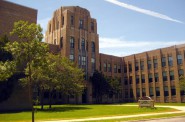 Jun 26th, 2024 by Jordan Morales
Jun 26th, 2024 by Jordan Morales
Transportation
-
MCTS Adds 28 New Buses
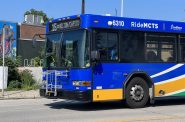 Jul 13th, 2024 by Graham Kilmer
Jul 13th, 2024 by Graham Kilmer
-
MCTS Designing New Bus Shelters
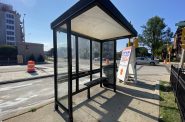 Jul 10th, 2024 by Graham Kilmer
Jul 10th, 2024 by Graham Kilmer
-
MCTS Updates RNC Bus Detours To Better Serve Downtown, Riders
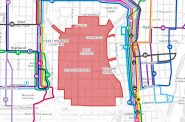 Jul 9th, 2024 by Jeramey Jannene
Jul 9th, 2024 by Jeramey Jannene

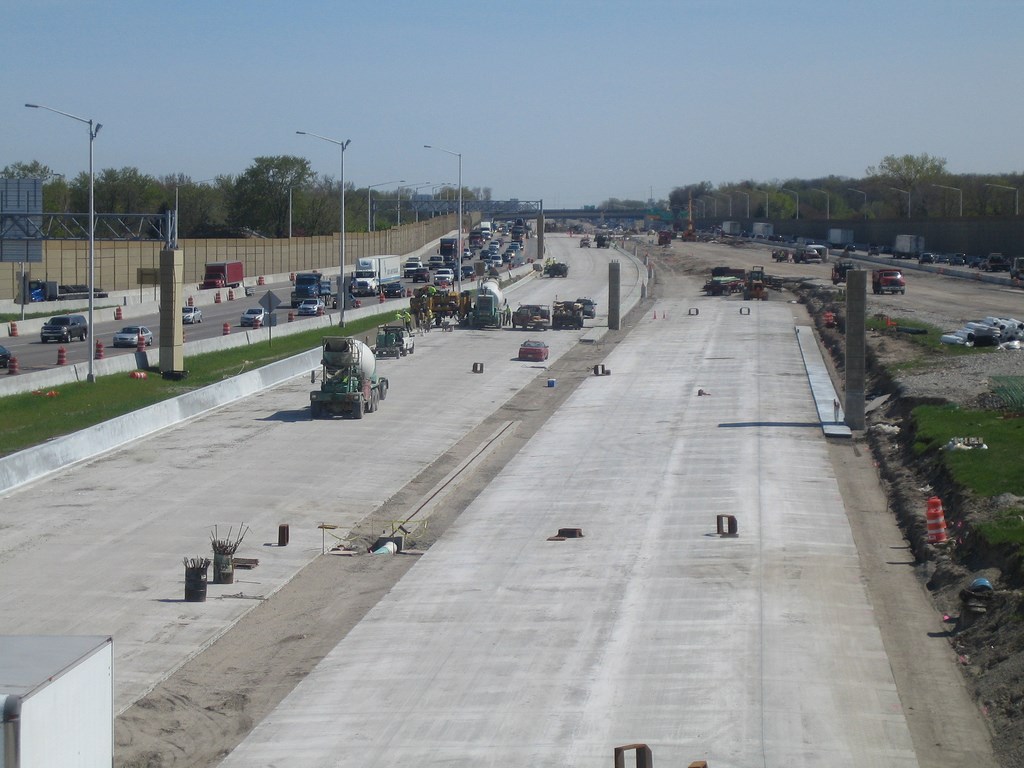
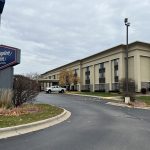


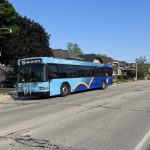
















One thing that really stopped Milwaukee’s population growth was passage of the “Oak Creek Law” in 1955. Before this law, Wisconsin cities could annex adjoining unincorporated towns. Milwaukee did this many times over the years.
If the town had sufficient population density, it could incorporate as a city itself and block the annexation. Oak Creek, which was unincorporated, lacked required the population density, so it got the law changed in Madison.
The Oak Creek Law waived those population density requirements for incorporation, but ONLY in Milwaukee County. That is, every major Wisconsin City EXCEPT Milwaukee was unaffected by this law.
Technically, the law applies not just to Milwaukee County, but to all counties containing a “first class” city. Under state law, only cities with at least 150,000 people are considered “first class” and back then Milwaukee was the only such city, so the law applied only to Milwaukee County.
In the years since Madison has also exceeded 150,000 residents, but it is not considered a “first class” city. State law says that, in addition to having 150,000 residents, the city must issued an official proclamation accepting its new status. Madison, seeing what a disaster the Oak Creek law was for Milwaukee, simply refuses to issue that proclamation.
The white collar is a parasite on milwaukee.
Milwaukee was known as “The Machine Shop Capital of the World” until Ronald Reagan and the GOP declared war on blue collar labor and labor unions. People lost their jobs, their homes, and were living on the streets in cardboard boxes in downtown Milwaukee because of Reagan. I never saw people begging for food on the streets until Reagan. 40,000 people stood in line at State Fair Park on a freezing Winter day to apply for a handful of jobs at A.O. Smith.
Poverty, crime, drug trafficking, the prison population, and homelessness soared in Milwaukee because of the Ronald Reagan’s Great Depression.
Ronald Reagan and the Republican Party destroyed Milwaukee’s population growth. And now, sadly, every Democrat in Washington D.C. has become war mongering, right wing, clone of Ronald Reagan.
Not only did I-94 end the appropriate growth in Milwaukee, it also created the nightmare of suburban sprawl and the destruction of family farms, wildlife habitat, and the degrading of rural areas.
This phenomenon is not unique to Milwaukee or southeastern Wisconsin. Indeed, both the east and west coasts are prime examples of the interstate system highjacking sound land use and creating ever more sprawl, followed by ever more traffic congestion, and more freeways. Wash, rinse, repeat. It is nothing short of astounding that, in the second decade of the 21st century, we would seriously entertain the same old unthinking solution to relatively minor congestion.
I was born in Milwaukee, and my family moved out to Hartland in 1960. My father spent an hour each way on his commute to downtown along narrow country roads. Once Highway 16 was expanded, that trip was greatly reduced. I-94 enabled even easier commuting for far more people.
In 1970, my family moved to California, which, at the time, still retained much of the charm that contributed to “California Dreamin.” Over the decades in California, Oregon, and Washington I watched as the freeways expanded; small, charming towns became overrun with faceless subdivisions; farms, forests, and ranch land disappeared. The “quality of life” that first drew people to leave the cities also disappeared, and with the extension of freeways and the addition of more lanes, congestion and commuting times only grew worse.
I moved back to Milwaukee this summer. I suppose I should’ve known that “one can never really go home.” On a recent drive through Hartland, I confess there was almost nothing that I recognized, once beyond the Village of Chenequa.
Sound land use that sustains the quality of life, ecological diversity, and an economic life blood does not occur by happenstance and mindless grasping at short term solutions. We can do better than follow the same old tired path that has created such havoc in other parts of the nation.
A couple of additions to the previous comments on the impact of 1-94 and the overall freeway system. While public policies, especially those that made offshoring jobs and moving them to union-hostile states, were important, automation in manufacturing was more important in eliminating jobs. A case in point: my dad worked his entire adult life, 43 years, in the paint department of the Nash/American Motors plant on Richards Street. Ten years after his retirement, he visited the paint department, now moved to the Kenosha plant. He came home, saying over and over again, “There aren’t any people anymore.” Automation in manufacturing was a huge deal.
Then there was – and is – the impact of Milwaukee’s rigid – and rigidly enforced – pattern of segregation. It made – and continues to make – racial progress very difficult. And “white flight” a natural response, with 1-94 providing an easy and convenient escape route.
So, for white people, moving to the suburbs, like driving an SUV, became the “thing to do.” The impulse to follow the crowd and doing “the thing to do” shouldn’t be underestimated as a force in life. We should just think about making good things the ones to do.